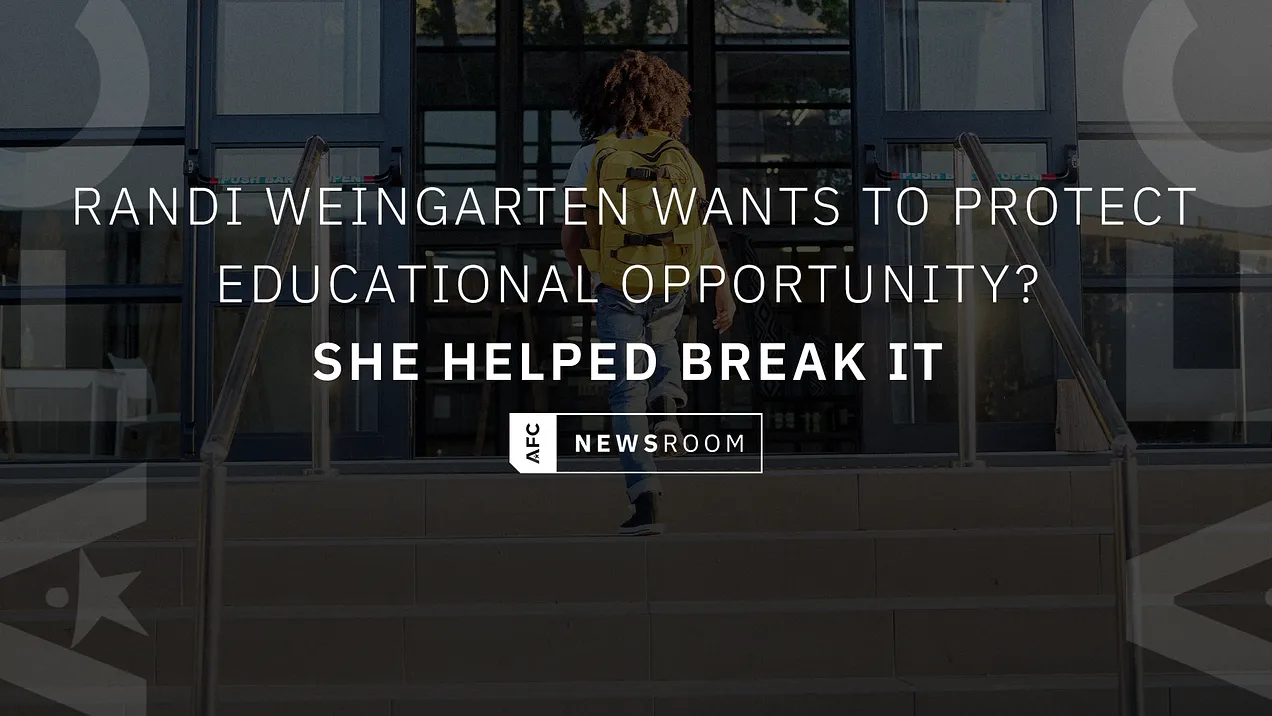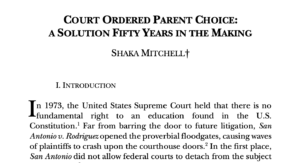Randi Weingarten Wants to Protect Educational Opportunity? She Helped Break It
By Tommy Schultz, CEO of the American Federation for Children
In a recent op-ed, Randi Weingarten paints a doomsday scenario about President Trump’s attempt to dismantle the Department of Education and return education back to families and states through school choice. She ignores the educational doom happening now and why the American people elected Donald Trump to make fundamental changes to fix it.
According to Weingarten, the Department of Education is “the only federal department dedicated to educational opportunity for all students in America.” Well, it’s not doing a very good job of it. And neither is she.
Under Weingarten’s leadership, the American Federation of Teachers aggressively lobbied to keep schools closed. Long after we knew the terrible risks to learning, her union and its affiliates pressured the CDC to revise its guidance and fought efforts to get kids back in classrooms. Instead of following the science, many districts followed the schooling unions – to predictably horrific results. Students, especially low-income and minority students, are still paying the price with an undeclared state of emergency in education.
The numbers are brutal. The bottom fell out everywhere, with some of the lowest reading scores in 30 years and lower-performing students fundamentally unable to do basic math or reading. The lifelong consequences are devastating, and the endless refrain to “fully fund” public schools cannot explain why this educational disaster happened while schools got an unprecedented additional $190 billion from the federal government for K-12 education.
It’s little wonder that parents have increasingly risen up and demanded better, electing a record number of legislators who have promised to expand school choice. Although Weingarten and other defenders of the education status quo would prefer to fixate on a handful of confusingly worded ballot questions where overwhelming special interest money that poured in to try to confuse voters, the reality is clear. In election after election and poll after poll, American voters make clear that they want more school choice and will vote accordingly.
In her piece, Weingarten waves off proposals to devolve some ED responsibilities to other federal agencies, saying they’re not equipped to handle them, but offering little evidence for why that is the case – or any explanation for how the Department of Education has successfully carried out its responsibilities. As any parent of a child with special needs can attest, these promises are often empty.
Ultimately, it’s clear what Weingarten’s real concern is – the prospect of competition from school choice programs. She claims that 70% of public dollars for private school vouchers go to wealthy families who were already in private school. This claim is an outright lie. Even the biased sources she points to can only cherry-pick early snapshots from when school choice programs launch and only private school families may know about them.
The reality is apparent for those who care about the data. In Arizona, when the state’s Empowerment Scholarship Account (ESA) program became available to every family in FY 2023, just 21% of new enrollees came directly from public schools. But by the first quarter of FY 2024, that number jumped to 47%. In the first half of FY 2024, nearly 62% of new ESA participants had been in public schools immediately prior. This trend is seen in other states that expand school choice availability.
The idea that school choice recipients are wealthy is based on questionable ZIP code speculation, not actual income numbers. Over the years that income-limited school choice has existed, participants have naturally been lower and middle-income; as programs expand to be available to all, we should expect participants to reflect the broader community. School choice programs give parents a much-needed exit ramp when the system fails them.
And school choice works. It leads to better outcomes for beneficiaries – who are likelier to graduate high school, go to college, and participate in civic life, and less likely to commit crimes. It also improves public schools by injecting sorely needed accountability and competition.
That’s what Weingarten and her allies really fear — not the dismantling of the Department of Education, but the dismantling of their control and the reality that parents will be able to get something different.
The schooling unions are slowly losing their last holdouts, with Texas on the verge of passing a broad school choice program, and the Educational Choice for Children Act – which would unlock school choice in every state and that the President has promised to sign into law – making its way through Congress.
It’s no surprise that Weingarten and other defenders of the status quo will throw everything they have – whether misreading of the data, wildly speculative fear-mongering, or pure political muscle – at trying to stop this progress. They won’t succeed. And that’s great news for parents across America.
Tommy Schultz is the CEO of the American Federation for Children and AFC Victory Fund, the nation’s largest school choice advocacy and elections organizations.



